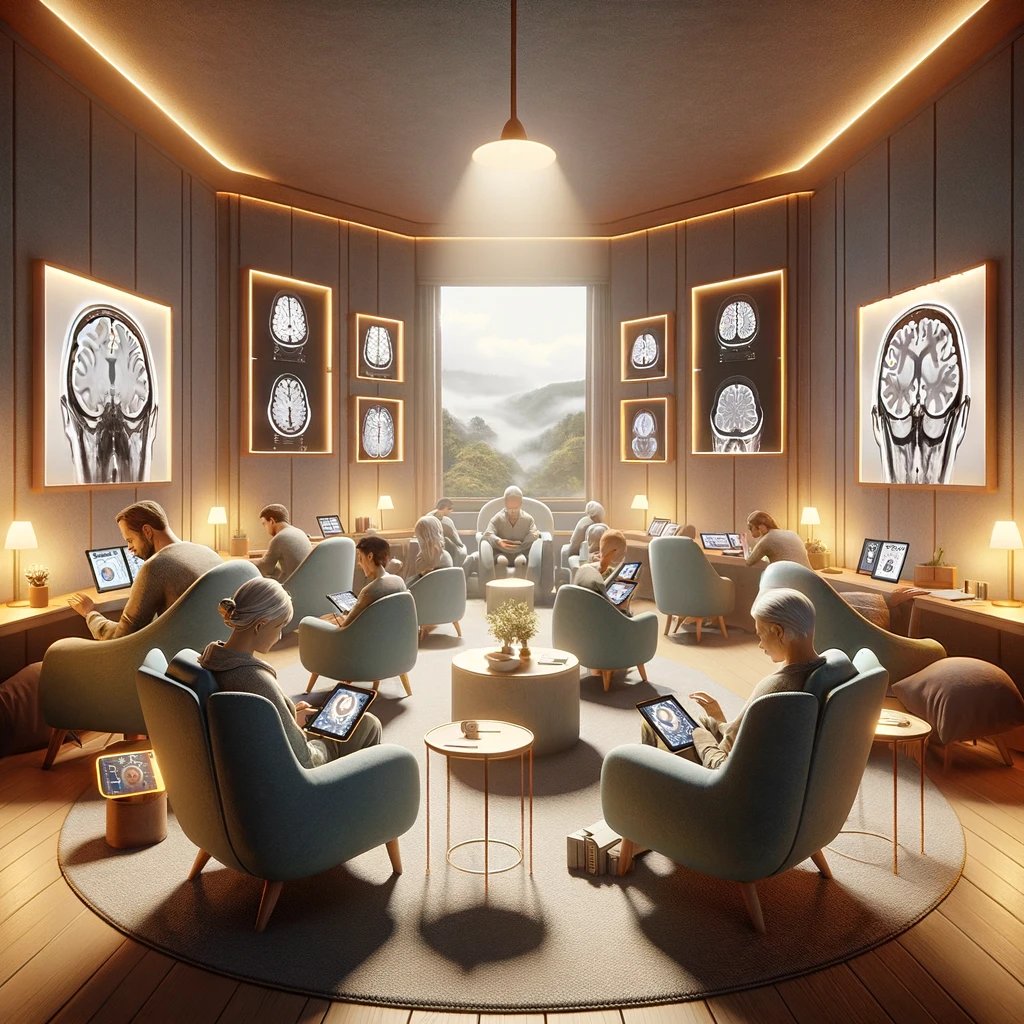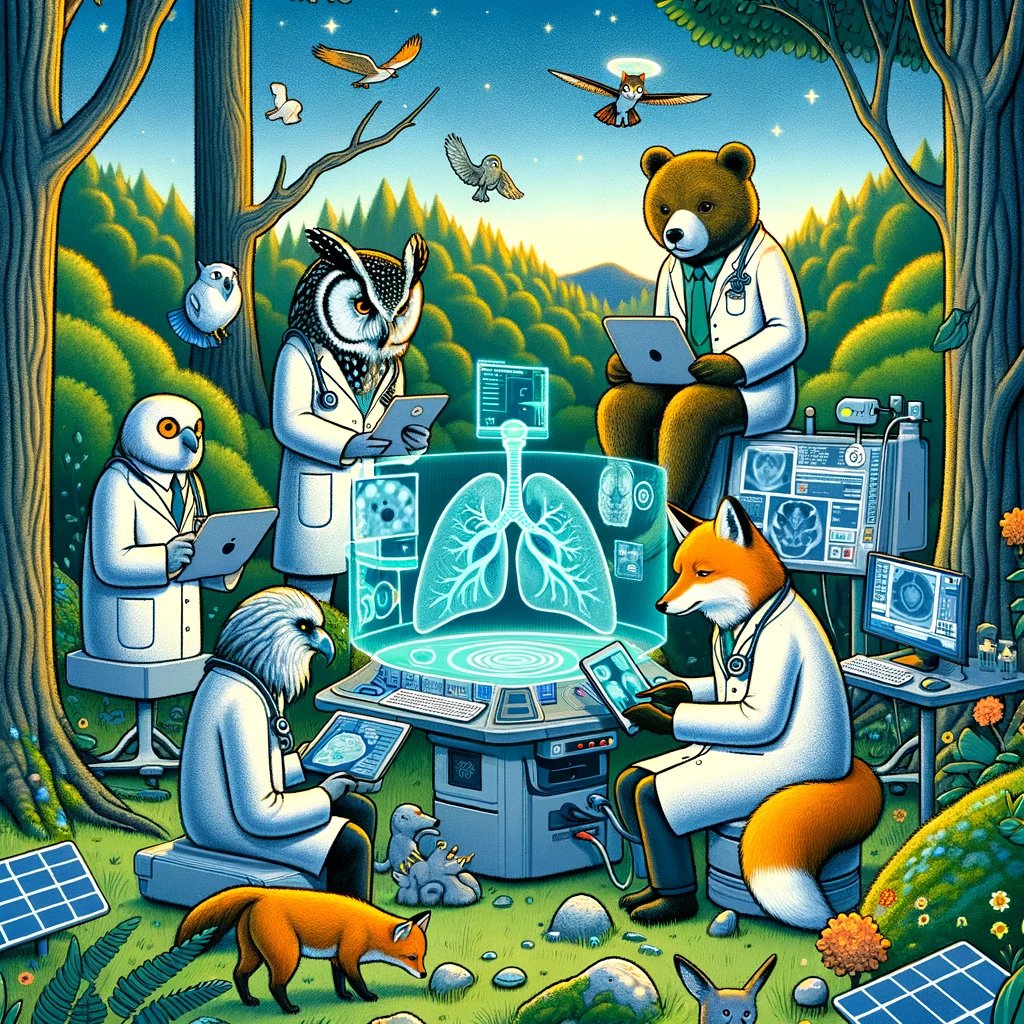Engaging The Next Generation Of Radiologists: Leveraging Digital Tools In Education
 Pär Kragsterman
Pär Kragsterman

In the rapidly evolving field of radiology, digital tools stand at the forefront of educational innovation. These technologies are crucial in training the next generation of radiologists, providing immersive, interactive learning experiences that transcend traditional boundaries. Through simulation software learners can gain hands-on experience with complex imaging techniques and diagnostic processes in a risk-free environment.
Digital tools also facilitate access to a vast repository of case studies and real-world data, enabling trainees to stay abreast of the latest advancements and research findings. This dynamic approach enhances understanding, boosts retention, and prepares future radiologists for the challenges of modern medical practice.
Enhancing Radiology Education Through Interactive Learning And Online Resources
In the realm of radiology education, the integration of digital tools has revolutionized traditional learning methodologies. Interactive learning platforms and comprehensive online resources provide a dynamic and immersive experience for trainees. These innovative approaches facilitate deeper understanding by allowing learners to visualize complex anatomical structures and radiological procedures in a setting simulating clinical reality. Moreover, the accessibility of vast online databases and virtual case studies enables continuous learning outside the classroom, encouraging self-paced study and critical thinking.
Consequently, leveraging digital tools not only enhances radiological education but also prepares the next generation of radiologists for a rapidly evolving technological landscape.
Leveraging Mobile Apps And Collaborative Platforms For Remote Learning In Radiology
Leveraging mobile apps and collaborative platforms has emerged as a pivotal strategy in engaging the next generation of radiologists. These digital tools facilitate remote learning, breaking down geographical barriers and enabling access to a vast repository of radiological images and case studies. Through interactive features such as real-time feedback, peer collaboration, and virtual mentorship, learners can cultivate their diagnostic skills in a highly immersive environment.
This approach not only democratizes education but also caters to the preferences of digital-native learners, ensuring that the radiology education ecosystem remains vibrant and accessible.
Improving Image Interpretation And Patient Care Through Digital Technology In Radiology Training
In modern radiology, digital technology stands as a driving force in reshaping education and training. It enhances image interpretation skills through sophisticated simulation tools and volumetric imaging, allowing trainees to interact with a wide array of pathologies in a controlled, yet realistic environment. This immersive learning experience not only sharpens diagnostic accuracy but also fosters a deeper understanding of patient care nuances.
As these future radiologists navigate through digitally enriched training landscapes, their proficiency in utilizing cutting-edge imaging technologies promises to elevate the standards of patient diagnosis and treatment, marking a significant leap forward in healthcare delivery.
The Role Of Simulation Training In Preparing Radiologists For Real-World Challenges
Simulation training plays an important role in preparing radiologists for real-world challenges by offering a risk-free environment to practice and hone their skills. Through realistic, real-world scenarios, learners can experience a wide range of clinical situations, from routine examinations to rare and complex cases. This immersive learning approach not only enhances diagnostic accuracy but also improves decision-making abilities under pressure. Furthermore, simulation training facilitates the development of interpersonal skills crucial for patient communication and teamwork in healthcare settings.
By integrating this technology-driven method into radiology education, we can ensure that the next generation is adept at meeting the evolving demands of medical imaging.
Fostering Critical Thinking Skills In Medical Students Through Online Case Studies
The integration of online case studies presents itself as a strategy in fostering critical thinking skills among medical students. These digital tools simulate real-world diagnostic challenges, compelling students to apply theoretical knowledge to practical scenarios. By navigating through diverse cases, learners are encouraged to analyze images, deduce clinical information, and make diagnostic decisions—mirroring the complexities encountered in actual practice.
This interactive approach not only enhances their diagnostic acumen but also prepares them for the nuanced decision-making required in their future careers as radiologists.
Pär Kragsterman, CTO and Co-Founder at Collective Minds Radiology



